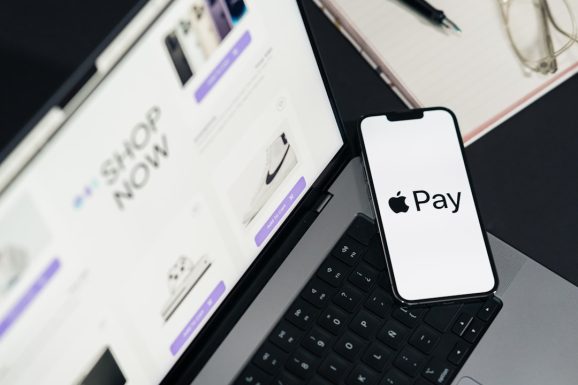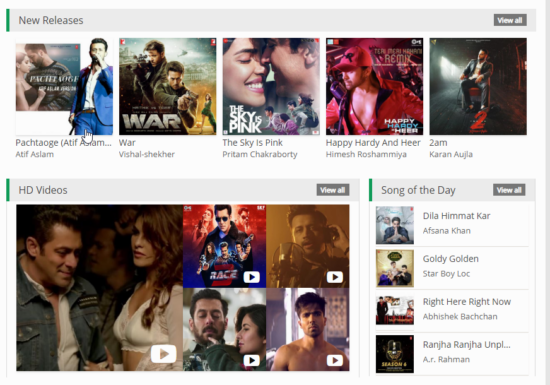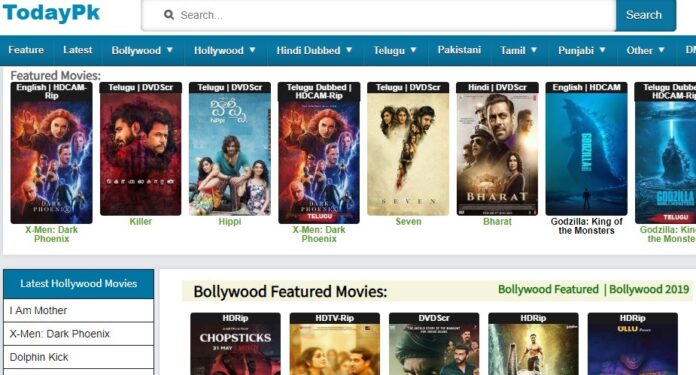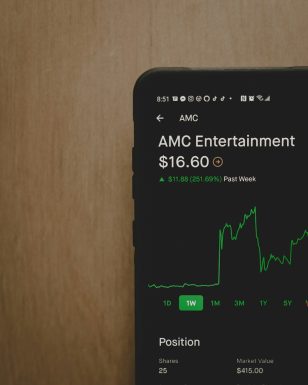In recent years, the way consumers pay for their meals has evolved dramatically. One of the clearest examples of this shift is the widespread adoption of digital wallet platforms like Apple Pay. As fast-casual restaurants focus on speed, convenience, and contactless experiences, Apple Pay has quickly emerged as a popular payment option across various chains. Blending technology with the dining experience, this seamless method offers consumers and businesses alike unique advantages.
What is Apple Pay?
All Heading
Apple Pay is a mobile payment and digital wallet service developed by Apple Inc. It allows users to make secure purchases in stores, in apps, and on the web using their iPhone, Apple Watch, iPad, or Mac. By linking a debit or credit card to the mobile device, customers can check out quickly without ever pulling out their wallets.
Fast-casual chains — which include popular names like Chipotle, Panera Bread, Sweetgreen, and Shake Shack — have embraced Apple Pay as they cater to a tech-savvy customer base that values both speed and security.
Benefits for Consumers
There are several reasons why consumers are increasingly choosing Apple Pay when dining at fast-casual restaurants:
- Contactless Payment: Especially post-pandemic, minimizing contact during payment is critical. Apple Pay eliminates the need to hand over a credit card or touch interactive screens.
- Speed and Convenience: Transactions with Apple Pay are typically faster than traditional card or cash transactions, allowing busy customers to move through lunch lines quickly.
- Security: Apple Pay uses tokenization, Face ID, or Touch ID for authentication, making it more secure than carrying a physical card that could be lost or stolen.
- In-App and Online Integration: Many fast-casual chains now offer mobile ordering through their apps or websites. Apple Pay simplifies this process by auto-filling payment and delivery information.
Benefits for Businesses
It’s not just the customers who benefit. Fast-casual restaurants have several motivations for integrating Apple Pay into their payment systems:
- Improved Efficiency: Shorter transaction times mean shorter lines and faster turnover during peak hours.
- Enhanced Customer Experience: By offering flexible payment options, businesses cater to a broader demographic of consumers.
- Data Security: Apple Pay minimizes the handling of physical cards, reducing the risk of credit card fraud or data breaches for businesses.
- Marketing and Loyalty Integration: Apple Pay can be linked to rewards systems or digital loyalty cards, streamlining customer engagement.
Fast-Casual Chains Leading the Way
Several key players in the fast-casual sector have been early adopters of Apple Pay, and in many cases, these brands have integrated the service into both in-store and mobile experiences.
Panera Bread
Panera was among the first national restaurant chains to adopt Apple Pay across all platforms—in-store, in-app, and online. They’ve also linked loyalty rewards with Apple Pay, allowing customers to earn points seamlessly with each purchase.
Shake Shack
Shake Shack, known for its commitment to modern convenience, features Apple Pay on self-ordering kiosks inside many locations, as well as throughout its app interface. The chain reports consistency in faster in-store turnover with the widespread use of Apple Pay.
Sweetgreen
Sweetgreen, a brand that markets itself as tech-forward and eco-conscious, relies heavily on app-based orders. Apple Pay is integrated into their checkout flow, creating an intuitive and consistent payment process.
Chipotle
Chipotle enables Apple Pay at physical registers and within its sophisticated mobile app. By doing so, it helps customers get through the line faster and capitalizes on digital ordering, which now makes up a substantial portion of its sales.

Consumer Trends Driving Its Popularity
Younger generations, especially Millennials and Gen Z, are largely responsible for the increase in mobile payment use. According to surveys, more than 50% of Gen Z consumers regularly use digital wallets, and Apple Pay is at the forefront of that list. These consumers not only prefer speed and ease but also demand modern technological integration in every interaction—including dining.
Moreover, rising smartphone adoption and the integration of contactless terminals in restaurants have created a synergistic environment for Apple Pay’s expansion in fast-casual establishments.
Challenges in Adoption
Despite its many benefits, some barriers to full Apple Pay adoption remain:
- Hardware Costs: Restaurants must install compatible NFC (Near Field Communication) terminals, which can be a financial concern for small or independently-owned locations.
- Customer Awareness: Some customers, particularly from older generations, may not be familiar with or trust Apple Pay, reducing their likelihood of using it.
- Training Needs: Staff must be trained to recognize and troubleshoot issues related to digital wallet payments. However, this challenge is decreasing as usage becomes widespread.
Future of Apple Pay in the Fast-Casual Landscape
As digital payments become the norm, fast-casual operators are likely to expand beyond just accepting Apple Pay. Many chains are already exploring deeper Apple ecosystem integrations such as:
- Embedding Apple Wallet loyalty cards that scan automatically at checkout.
- Push notifications for receipts, order updates, or personalized offers through Apple Pay.
- Voice-ordering capabilities using Siri, connected directly to Apple Pay for seamless payment.

We can also expect tighter integrations between Apple Pay and other digital platforms, enabling “hands-free” dining experiences where the entire transaction—from order to payment to loyalty point attribution—happens through a smartphone or wearable device.
Final Thoughts
Apple Pay is more than a payment method — it’s an essential part of the evolving fast-casual experience. For customers, it offers speed, security, and convenience. For businesses, it provides a competitive edge through better efficiency and technological appeal.
In a world where mobile devices are becoming central to how consumers shop, eat, and live, integrating Apple Pay is not just an option for fast-casual chains — it’s a strategic necessity. Those who embrace this trend are likely to find themselves ahead of the curve in customer satisfaction, operations, and revenue performance.











Recent Comments